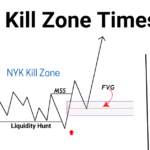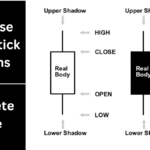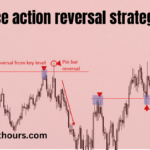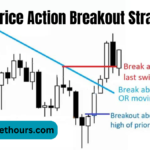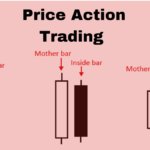If you want to become an expert in the ICT One Shot One Kill Trading Model, this guide will help you understand it better. We’ll cover everything from how the model is formed to how you can use it in real trading situations. You’ll also find out where you can download the ICT One Shot One Kill Trading Model PDF, get it for free, or even find it on GitHub.
What is the ICT One Shot One Kill Trading Model?
The ICT One Shot One Kill Trading Model is a strategy where traders aim to make 50 to 75 pips per week. This model involves looking at the weekly chart to find the overall market direction, also known as the “weekly bias.” Then, you look for the next target where liquidity, or money in the market, is likely to move. This is often around key economic events like the FOMC (Federal Open Market Committee) or NFP (Non-Farm Payroll) reports. These events can create a sudden move in the market, giving you a good opportunity to trade.
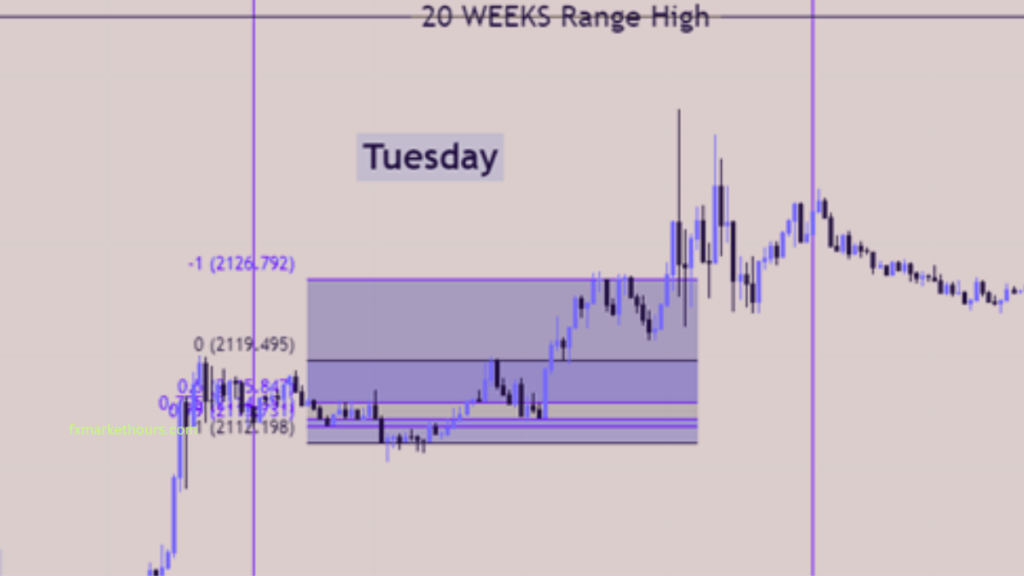
Steps to Master the ICT One Shot One Kill Trading Model
1. Preparation
- Start by noting all the important economic events that could impact the market you’re trading. These are events like interest rate decisions, employment reports, or other major news.
- Look ahead to the upcoming week and think about how these events might affect the market. Consider how they could shape the weekly trading range.
- On a weekly chart, examine the last 20 weeks to find the highest and lowest prices. This range will be your focus area for trading.
- Inside this range, identify where the price might move next. This is called the “next draw on liquidity.” For example, the price might move towards an old high or low.
- Look for the ICT PD Array, which is a tool that helps you understand the market’s direction for the week. Expect the price to move towards this area in the coming days.
- Finally, wait for a strong move in the market, often caused by low resistance, to take your trade.
2. Finding Opportunities
- Look for a 50 to 75 pips range where you can trade. If the market is bullish, target Buy Side Liquidity, meaning you expect the price to go up. If the market is bearish, target Sell Side Liquidity, meaning you expect the price to go down.
3. Planning the Trade
- When the market is expected to drop, look for signs that the price is being manipulated against your weekly bias. This usually happens when a major economic event is about to occur.
- Plan to sell at a higher price point (buy-side liquidity) when you expect the market to drop.
4. Executing the Trade
- If you think the market will go down, wait for a 15-minute chart to show an optimal trade entry. This often happens during a bullish pullback in the London or New York trading sessions.
- Consider entering a sell trade when there’s a buy stop raid, which is when the market briefly goes up before falling.
5. Managing the Trade
- Once you’ve entered a trade, set a limit to take 50 pips profit.
- If the trade reaches 50 pips, close 80% of your position and let the rest ride to see if it can reach 75 pips or more.
When to Expect a Trade Setup?
Most trade setups happen on Monday, Tuesday, or Wednesday. These are the days when the market often provides the best opportunities to trade using the ICT One Shot One Kill Trading Model.
Is the ICT One Shot One Kill Trading Model Reliable?
Yes, the ICT One Shot One Kill Trading Model is very reliable, especially for traders who don’t have time to watch the market all day. You only need to mark the 20-week range and look for a trade setup during the first three days of the week.
Can You Make More Than 75 Pips with the ICT One Shot One Kill Trading Model?
While the recommended target is 75 pips, you can definitely aim for more. By trailing your trade or using ICT Fibonacci Levels, you might capture 100 pips or even more.
I

